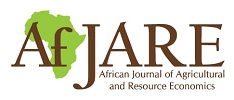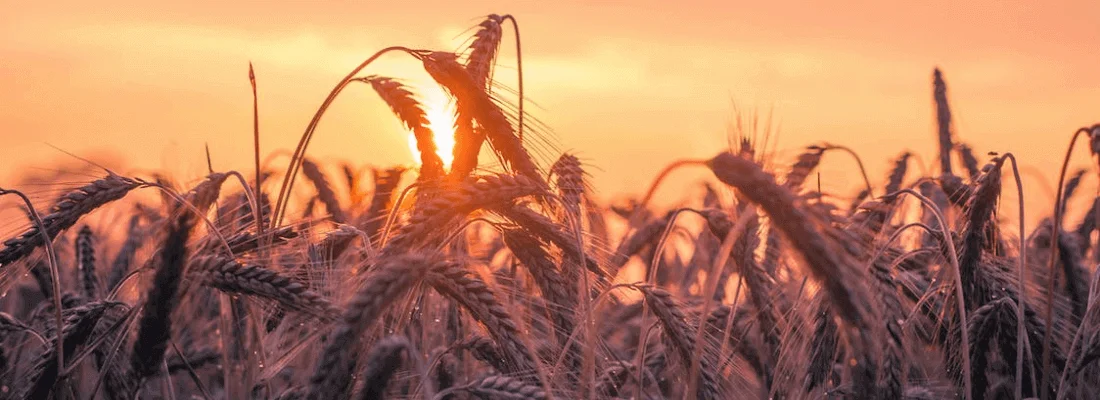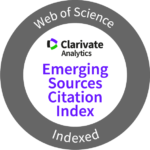
Supports Open Access
0.5 Impact Factor



African Journal of Agricultural and Resource Economics (AfJARE)
A publication of the African Association of Agricultural Economists (AAAE)
Latest Publications
Knowledge, attitudes and risk management strategies among maize farmers in the Equatoria region of South Sudan
This study investigates risk perceptions and management strategies among maize growers in the equatorial region of South Sudan. A cross-sectional study design included a survey questionnaire that was used to analyse data from 510 respondents.
Impact des chocs agro-climatiques sur la sécurité alimentaire desménages ruraux au Sénégal
Cet article analyse l’impact des chocs agro-climatiques sur la sécurité alimentaire des ménages ruraux sénégalais à l'aide d'un modèle probit ordonné. La méthode du score de consommation alimentaire est utilisée pour appréhender l'état de la sécurité alimentaire des ménages. L’étude montre que 14% des ménages vivant en milieu rural sont à consommation alimentaire faible, 17% à consommation alimentaire limite, et 69% à consommation alimentaire acceptable.
Economic evaluation of cowpea production under different spraying regimes in three different southern agro-ecologies of Nigeria
This study was carried out to evaluate different spraying regimes for the production of two cowpea varieties (Ife Brown and IT2246) in the humid southwest agro-ecologies of Nigeria in order to recommend optimum spraying regimes for cowpea production in the zone.
Impact of membership of seed-producer cooperatives on commercialisation among smallholder farmers in the central highlands of Ethiopia
Low agricultural commercialisation due to low productivity and a lack of access to and use of improved seeds are common features of smallholders in the Ethiopian highlands. Seed-producer cooperatives (SPCs) were established and strengthened in these highlands to facilitate smallholders’ access to improved seed.
Improving willingness-to-pay studies for traditional food products in developing countries: Evidence using repeated experiments
Willingness-to-pay (WTP) studies for traditional food products are plausibly affected by unobserved decisions and strategic collusion between the experimenter and respondents. Similarly, WTP estimates in developing countries using a one-time survey might be inconsistent, as the acceptance of new products likely varies with exposure to product attributes.
Household milk production, milk purchase and child nutrition:Panel data evidence from rural Uganda
The burden of low-quality diets and childhood undernutrition is widespread in rural areas in Sub-Saharan Africa, where households rely mostly on agriculture. Various empirical studies have shown the relative importance of the market, and hence food purchases, compared with farm diversification in raising dietary diversity.
Volume 20
Cette étude explore l’effet de l’intégration des pays africains aux chaînes de valeur agricoles sur la sécurité alimentaire, en soulignant le rôle central des institutions.
Climate change presents one of the most pressing challenges of the present time, with far-reaching implications for global economies and human socioeconomic well-being.
Volume 19
Farmer–herder conflicts deepen the incidence of poverty and worsen the wellbeing of both farming and herding households in Sub-Saharan Africa. In order to cope with the effects of conflict on their livelihoods, households adopt various adaptation strategies.
The current study investigated the impact of using information and communication technology-based weather information services on the adoption of climate change adaptation strategies.
This study was carried out to evaluate different spraying regimes for the production of two cowpea varieties (Ife Brown and IT2246) in the humid southwest agro-ecologies of Nigeria in order to recommend optimum spraying regimes for cowpea production in the zone.

